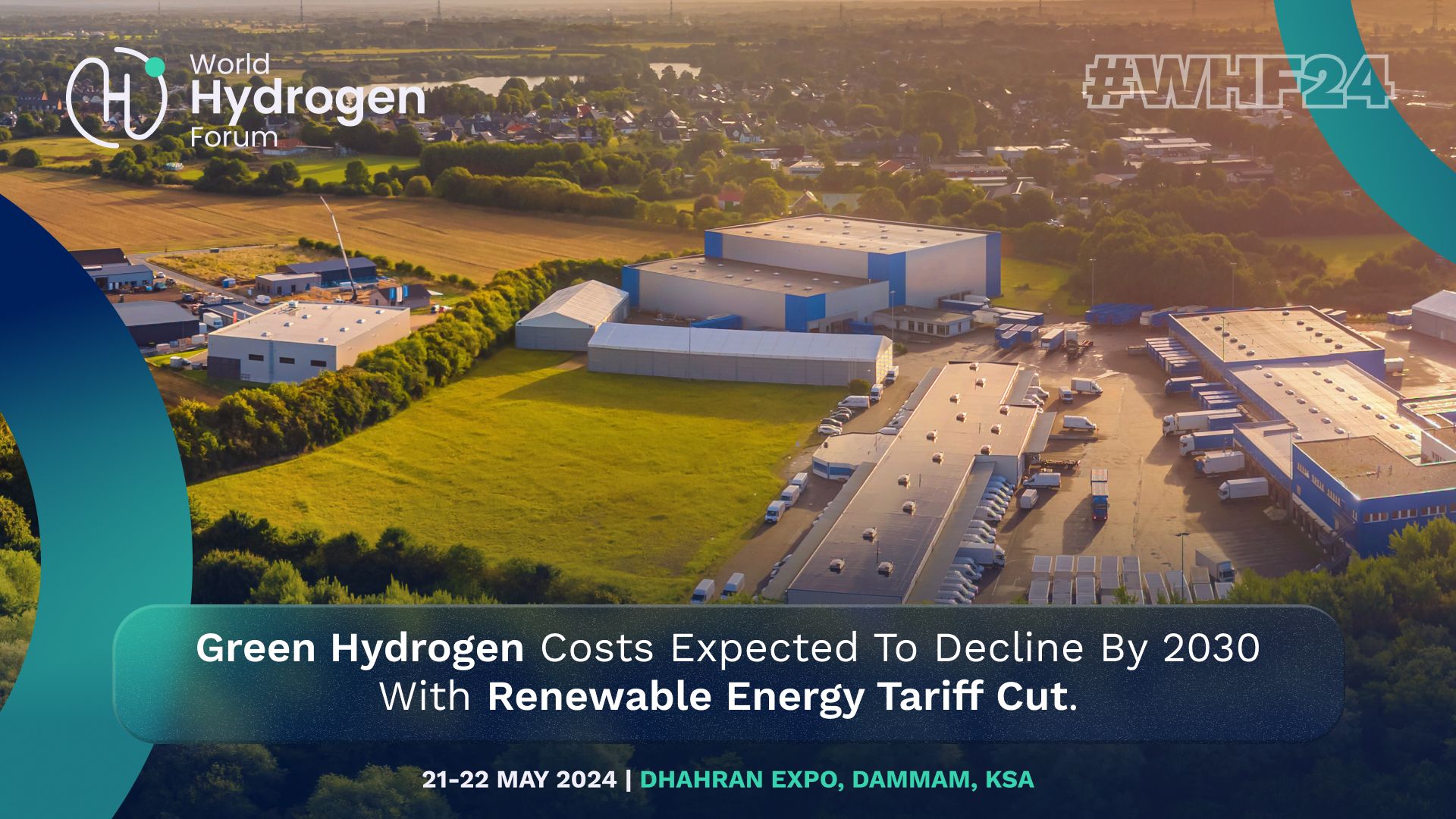March 26, 2024: According to a report by Alvarez & Marsal, a global top ranked consulting firm, renewable energy resources, which constitute 65-85% of hydrogen production expenses, are set to significantly influence the trajectory of green hydrogen in the future.
Forecasts indicate that by 2030, solar tariffs in the United Arab Emirates, Saudi Arabia, Egypt, Chile, and India are expected to fall below USD 20 per megawatt-hour (MWh). Similarly, wind energy tariffs are projected to decrease below USD 30/MWh in Saudi Arabia, Egypt, the United States, and India by the same year.
The report foresees a remarkable decline in the costs of electrolyzer systems, transitioning from the current global installations of less than 1 gigawatt (GW) to an estimated 400 GW by 2030. This trend is driven by progress occurring both globally and within individual nations.
Presently, the cost of electrolyzers ranges between USD 735 and USD 945 per kilowatt (kW). However, projections suggest a reduction to USD 310–440 per kW within seven years, accounting for the learning curve effects. Moreover, refining the setups of renewable energy systems could contribute to further reducing the expenses associated with producing green hydrogen. There is a potential for hybrid tariffs in the United Arab Emirates and Saudi Arabia to dip below USD 20 per megawatt-hour (MWh) by 2030.
The anticipated reduction in green hydrogen costs by 2030 is closely linked to the expected declines in renewable energy tariffs. This signals a promising future for the affordability and widespread adoption of green hydrogen as an alternative energy source.


